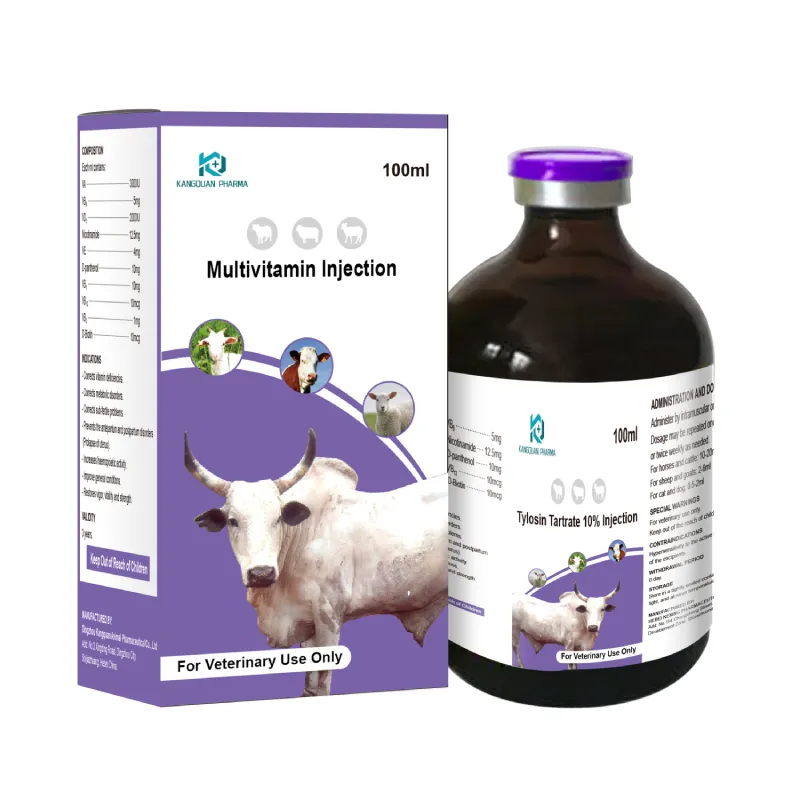- Afrikaans
- Albanian
- Amharic
- Arabic
- Armenian
- Azerbaijani
- Basque
- Belarusian
- Bengali
- Bosnian
- Bulgarian
- Catalan
- Cebuano
- Corsican
- Croatian
- Czech
- Danish
- Dutch
- English
- Esperanto
- Estonian
- Finnish
- French
- Frisian
- Galician
- Georgian
- German
- Greek
- Gujarati
- Haitian Creole
- hausa
- hawaiian
- Hebrew
- Hindi
- Miao
- Hungarian
- Icelandic
- igbo
- Indonesian
- irish
- Italian
- Japanese
- Javanese
- Kannada
- kazakh
- Khmer
- Rwandese
- Korean
- Kurdish
- Kyrgyz
- Lao
- Latin
- Latvian
- Lithuanian
- Luxembourgish
- Macedonian
- Malgashi
- Malay
- Malayalam
- Maltese
- Maori
- Marathi
- Mongolian
- Myanmar
- Nepali
- Norwegian
- Norwegian
- Occitan
- Pashto
- Persian
- Polish
- Portuguese
- Punjabi
- Romanian
- Russian
- Samoan
- Scottish Gaelic
- Serbian
- Sesotho
- Shona
- Sindhi
- Sinhala
- Slovak
- Slovenian
- Somali
- Spanish
- Sundanese
- Swahili
- Swedish
- Tagalog
- Tajik
- Tamil
- Tatar
- Telugu
- Thai
- Turkish
- Turkmen
- Ukrainian
- Urdu
- Uighur
- Uzbek
- Vietnamese
- Welsh
- Bantu
- Yiddish
- Yoruba
- Zulu
Dec . 16, 2024 15:19 Back to list
Tylosin Injection Use and Benefits in Poultry Health Management
Tylosin Injection in Poultry An Overview
Tylosin is a macrolide antibiotic commonly used in veterinary medicine, particularly in poultry farming. It is effective against a variety of bacterial infections and is often employed to treat and prevent diseases in chickens, turkeys, and other poultry species. This article explores the uses, benefits, administration methods, and potential concerns associated with tylosin injections in poultry.
Introduction to Tylosin
Tylosin was first discovered in the 1950s and has been successfully used in veterinary medicine since then. It is derived from the bacterium *Streptomyces fradiae* and belongs to a class of antibiotics known as macrolides. Tylosin works by inhibiting bacterial protein synthesis, effectively stopping the growth of certain pathogenic bacteria. This makes it useful in controlling infections caused by *Mycoplasma*, *Pasteurella*, and various other organisms detrimental to poultry health.
Benefits of Tylosin Injection
The primary benefit of using tylosin injections in poultry is the rapid and effective treatment of bacterial infections. Infections like Mycoplasmosis, which can lead to severe respiratory issues and reduced egg production, are effectively managed with this antibiotic. Furthermore, tylosin is often employed as a preventive measure in densely populated farming environments where the risk of infection is heightened.
Another significant advantage is tylosin's positive effect on growth promotion in poultry. When administered at sub-therapeutic doses, it can enhance feed efficiency, boost weight gain, and improve overall productivity. This is particularly important in the poultry industry, where the economic pressures of feed conversion rates heavily influence profitability.
Administration of Tylosin
tylosin injection in poultry

Tylosin can be administered in various forms, including injections, water solutions, or feed additives. However, injection is often preferred in acute cases where a rapid response is necessary. The injectable form allows for immediate absorption into the bloodstream, leading to quick therapeutic outcomes.
It is crucial that the dosage is carefully calculated based on the specific condition being treated, the species of poultry, and their weight. Typically, the dosage ranges from 10 to 20 mg/kg body weight, administered once or twice daily. It is essential for poultry farmers to follow veterinary guidance meticulously to avoid underdosing or overdosing, which could lead to treatment failure or adverse effects.
Considerations and Concerns
Despite its therapeutic benefits, the use of tylosin in poultry is not without concerns. The emergence of antibiotic resistance is a significant issue facing the agricultural sector. Overuse or misuse of antibiotics, including tylosin, can lead to bacteria developing resistance, rendering the antibiotic ineffective. This phenomenon poses a risk to public health, as resistant strains can potentially transfer to humans through the food chain.
Furthermore, regulatory bodies in various countries are increasingly scrutinizing the use of antibiotics in animal agriculture. The guidelines are shifting towards reducing antibiotic use in livestock to curtail the risk of resistance. Poultry farmers must remain informed about local regulations concerning antibiotic use, ensuring they comply with best practices for animal health management.
Conclusion
Tylosin injection in poultry represents an important tool in veterinary medicine, offering effective treatment for bacterial infections and contributing to overall productivity and health in poultry farming. However, its use must be approached with caution, keeping in mind the risks of antibiotic resistance and complying with regulatory standards. As the poultry industry continues to evolve, it will be vital for farmers to adopt responsible antibiotic stewardship practices to safeguard animal health and ensure food safety for consumers. Balancing the immediate benefits of tylosin administration with the long-term implications for public health will be critical for the sustainability of poultry farming in the future.
-
Guide to Oxytetracycline Injection
NewsMar.27,2025
-
Guide to Colistin Sulphate
NewsMar.27,2025
-
Gentamicin Sulfate: Uses, Price, And Key Information
NewsMar.27,2025
-
Enrofloxacin Injection: Uses, Price, And Supplier Information
NewsMar.27,2025
-
Dexamethasone Sodium Phosphate Injection: Uses, Price, And Key Information
NewsMar.27,2025
-
Albendazole Tablet: Uses, Dosage, Cost, And Key Information
NewsMar.27,2025













